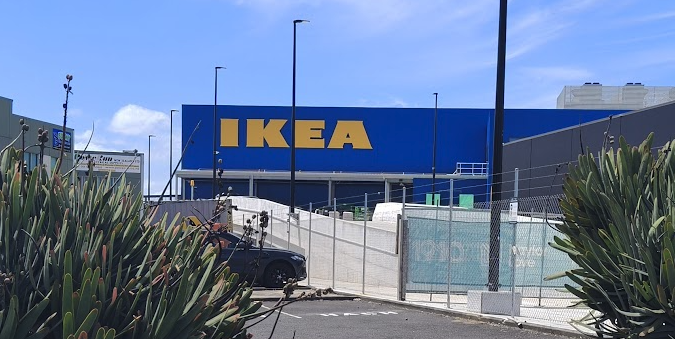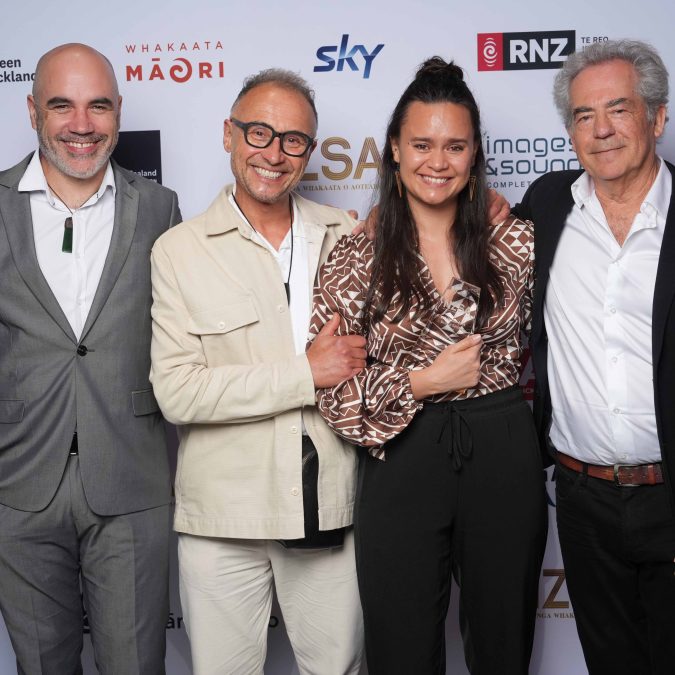Young Kiwi innovators shine at Samsung’s Solve for Tomorrow competition

Above: The 2025 Solve for Tomorrow winners group photo.
Samsung announced the Solve for Tomorrow 2025 champions on the evening of October 31.
Solve for Tomorrow is a nationwide competition run in partnership with the Museum of Transport and Technology (MOTAT) and Technology Education New Zealand (TENZ). It challenges young Kiwi innovators to apply STEAM (science, technology, engineering, arts and mathematics) thinking to create solutions that benefit their communities and Aotearoa’s future.
Now in its fifth year, the competition recognises teachers’ vital role in supporting students, awarding $1,000 to those of winning entries.
Themes of safety, health, accessibility and AI innovation stood out strongly among the finalists and throughout the competition.
A prototype that delivers real value
Entries were assessed by an expert judging panel of Dr Joel Rindelaub, Dr Siouxsie Wiles, MOTAT’s head of education, Julie Baker and Ruth Lemon, programme leader of TENZ.
Jack Harker from ACG Parnell College in Auckland claimed first place in the Year 7–10 category.
He developed a low cost live race tracking system for youth sailing. The system uses long range radio devices and a web dashboard so coaches can replay races for analysis and spectators can follow fleets in real time.
“Jack’s project really stood out because he had a clear problem he wanted to solve, and came up with a working solution,” says Dr Wiles.
“By combining low-cost GPS technology and a cloud dashboard, he has created an affordable, scalable way for coaches to offer deeper learning experiences, and for families to follow races in real time.
“He did the legwork with stakeholders and field trials, and in a nation obsessed with sailing, the prototype already delivers real value for youth programmes.”
The first double winner
Cameron Moore from Rotorua Lakes High School won the year 11-13 category.
His Air Brace prototype is an inflatable neck brace for mountain biking. It uses motion detection to deploy only in a crash, limiting neck movement to help prevent serious spinal injury while remaining comfortable to wear.
Moore is the first double winner in the competition, having taken out the junior category two years ago.
“Cameron’s Air Brace tackles a big safety issue in a simple way,” says Dr Rindelaub.
“It senses a crash and quickly inflates to hold the neck steady, while staying comfortable to wear.
“As he focuses on speeding up the reaction time and refining how quickly the device inflates, this has real potential to reduce severe neck injuries in mountain biking and other high risk sports.”
Creative minds, practical impact
Luke Huang from Northcross Intermediate School in Auckland took second place in the Year 7–10 category.
His Smart Sort scanner uses invisible light to check what kind of plastic an item is and tells people if it’s recyclable or not, helping cut contamination and keep more plastics out of landfill.
Jesse Rumball Smith from Wellington College earned the silver medal in the Year 11–13 category.
His Building a Better Backseat Driver project turns a smartphone into an AI co pilot that detects hazards and driver fatigue. This prototype uses computer vision and audio to make road safety more accessible.
Gabriel Anthony from Whitby Collegiate in Wellington received a highly commended award in the Year 7–10 category.
His Pill AI app uses trusted New Zealand medicine information along with reminders, voice input and language translation to help people take the right medication the right way at the right time. Anthony’s entry was inspired by his winning ‘Pill Bot’ from last year’s competition.
Next-gen ideas solve for tomorrow
“Solve for Tomorrow showcases the incredible creativity and problem-solving spirit of our tamariki and rangatahi,” says Simon Smith, head of brand marketing at Samsung New Zealand.
“It’s inspiring to see the next generation using STEAM to shape a smarter, more sustainable future for Aotearoa.
“Every year we’re amazed by the ideas and energy the Solve for Tomorrow entrants bring, and we can’t wait to see how they continue to make a real difference in their communities.”
Over the past five years Solve For Tomorrow has engaged thousands of students through the competition and Samsung’s sponsorship of MOTAT’s STEAM Cell trailers.
The 2025 winners each receive a share of the $24,000 cash prize pool, along with the latest Samsung technology for students, their teachers and their schools.




